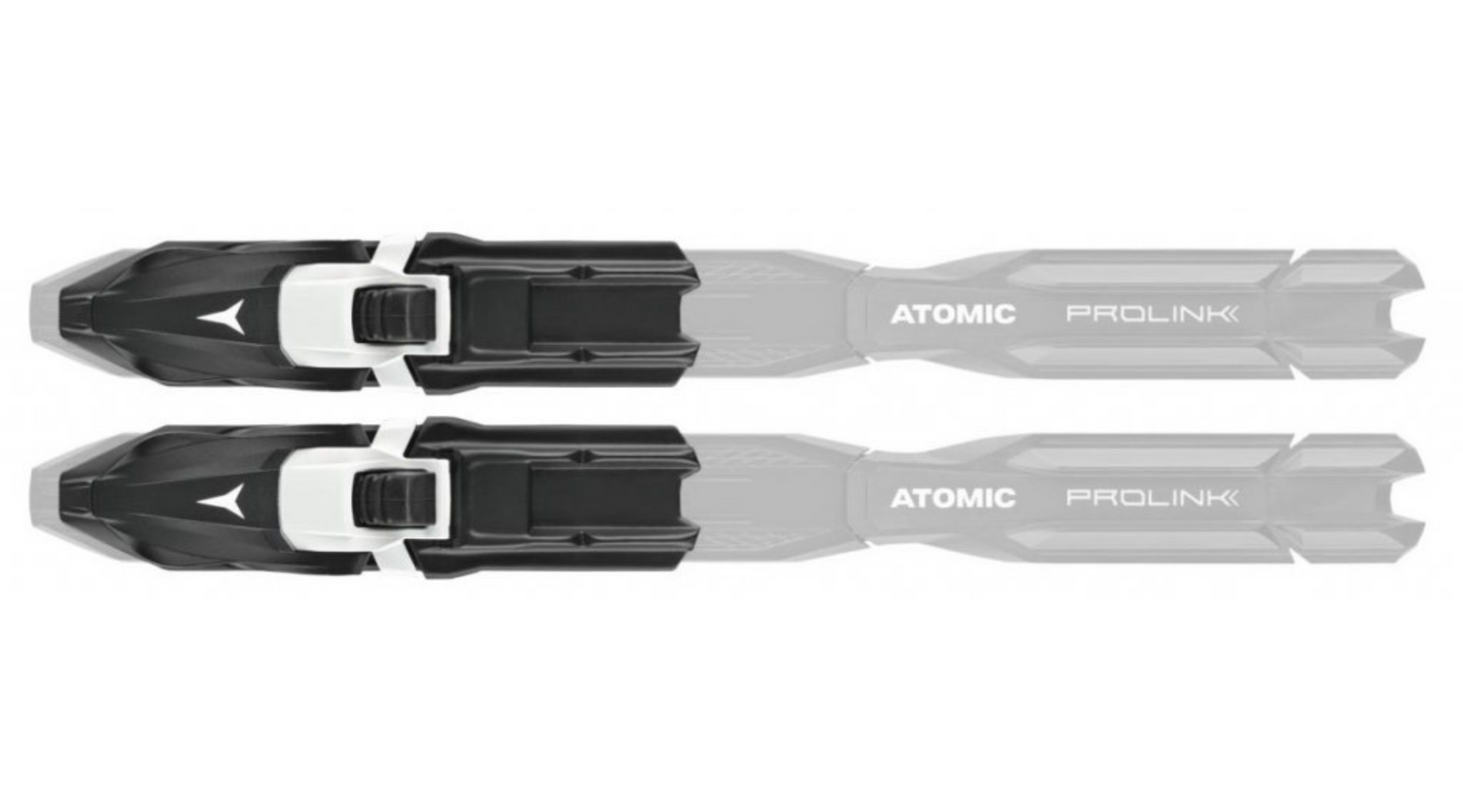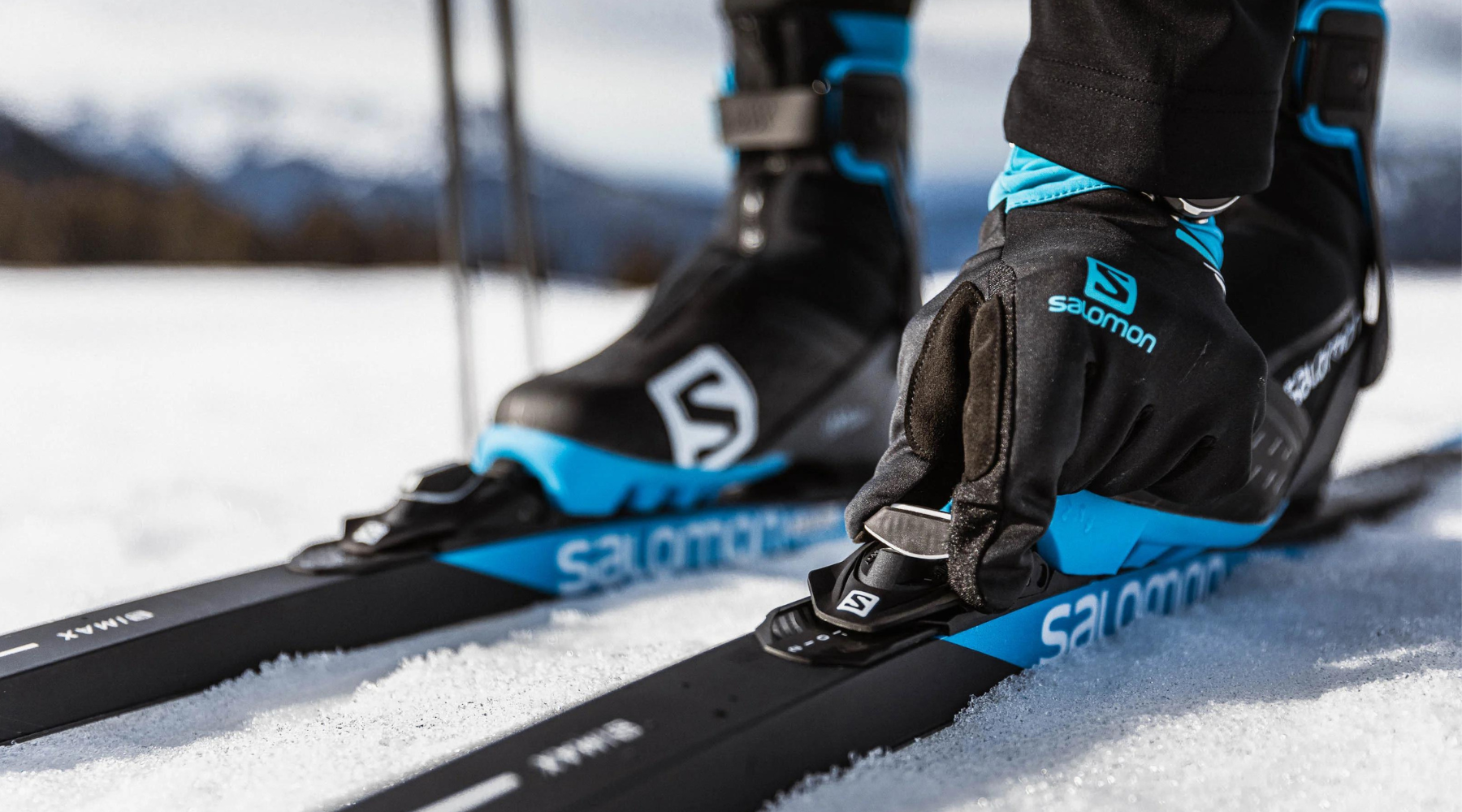Atomic and Salomon released the Shift Pro binding system for the 20/21' season on a number of their classic skis. They come standard on multiple models of Skin and Touring skis from both brands and were Salomon's response to the moveable bindings offered by Rottefella, Fischer, and Rossignol already on the market. The initial release of the Prolink system allowed for a movable binding design that was never available before with an SNS binding.
The Shift Pro Plate uses the same historic hole pattern as traditional drill in Prolink (NNN) and SNS bindings which make adding this binding to a current ski a breeze. Simply remove the old binding, screw on the plate, and slide the locking head onto the plate.
How to move: By opening the binding the same way that you clip in/out when skiing you are able to access the small white shift tab underneath. By shifting the tab to the left, you are "unlocking" the binding and making it moveable and adjustable.
How to mount: Shifting the same white tab to the left allows you to side the binding all the way forward to the +2 position. Then, lifting on the furthest forward section of the binding you can slide the binding all the way off of the plate.
Why adjust the binding: 0 is considered the balance point or where we have always mounted screw in bindings in the past. If you move the binding forward to the positive numbers you are moving it forward and the negative numbers are backwards.
By moving the Shift Pro binding forward on a classic ski, you are moving the binding over the effective camber of the ski which allows the ski to compress easier and with less bodyweight transfer. This is especially helpful when you are struggling to kick a ski and makes the ski more accessible for climbing.
Moving the binding backwards allows for less weight over the camber and less engagement of the skin when you are making minor movements from foot to foot on skis like when you are step-turning or simply double poling and trying to get as much glide as possible. If conditions are new and slow, moving the bindings back could help get a little extra glide.


